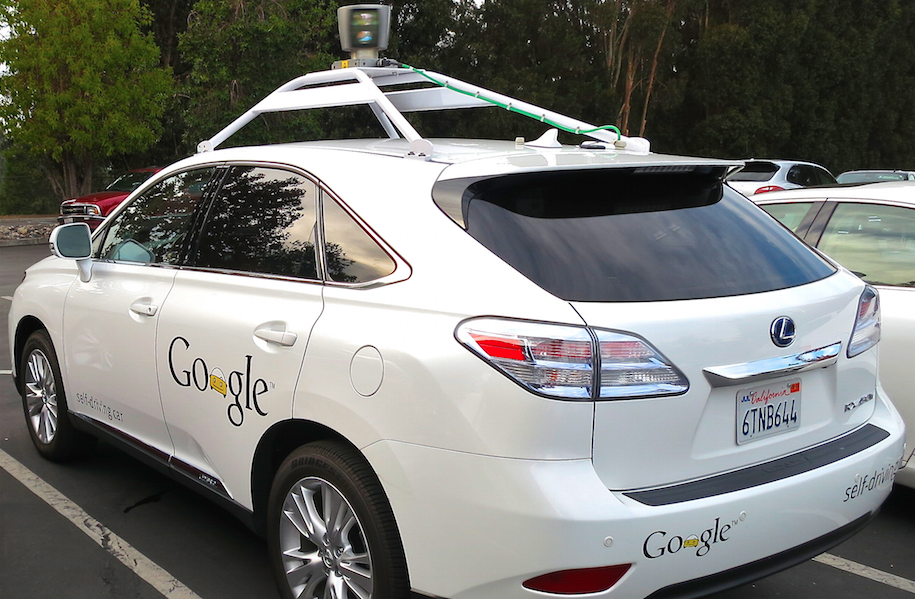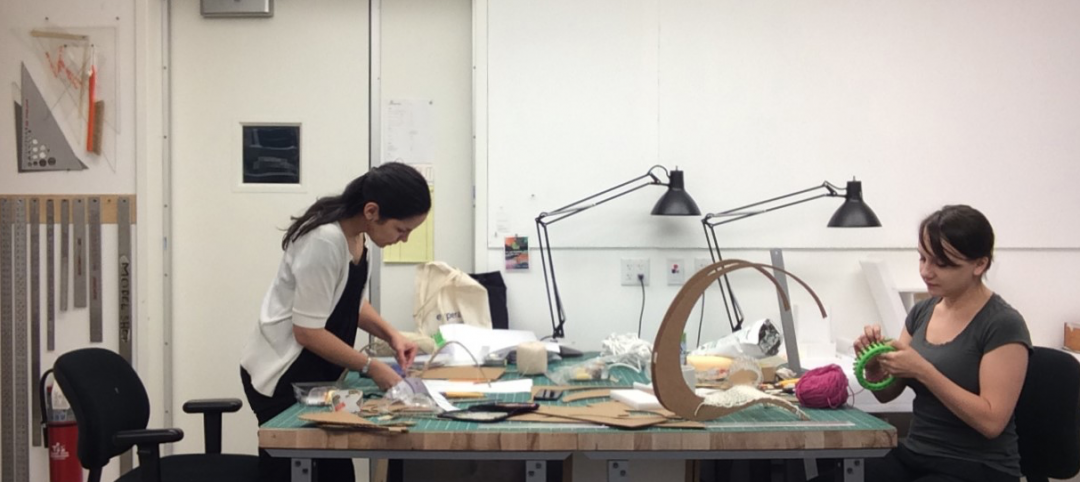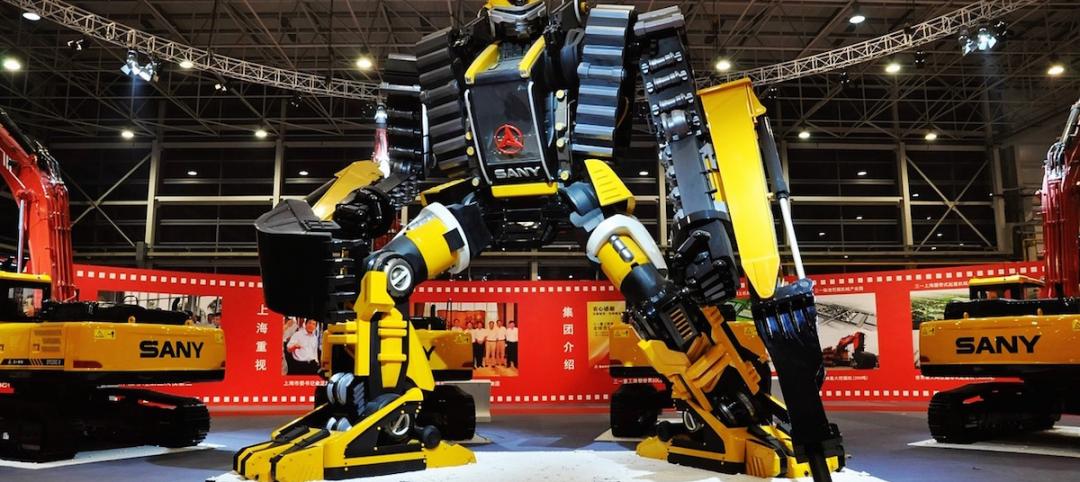In a world with self-driving cars, holographic gaming, drone-delivered pizza, AI computers, hoverboards (ones that actually hover), 24/7 connectivity to every corner of the world, heck, even one-hour grocery deliveries, it’s difficult to comprehend the thought that we’re in a downcycle of technological achievement.
The stuff of science fiction truly has become reality: we’re wearing watches that allow us to make video calls; we’re running our businesses and lives from robust, handheld computers; we’re using deep data and connectivity to reinvent business models; we’re powering our homes, offices, and cars with wind, solar, geothermal, and battery sources; we’re programming robots to clean our houses, assemble our products, construct our buildings, even cook our food; we’re conducting advanced surgical procedures remotely, and in a fraction of the time. The list goes on and on.>
But is all this stuff—the gadgets, the apps, the micro-computers, the entertainment and media—actually enriching the nation’s standard of living? Is it igniting the economy to benefit the greater good? Does it make us happier and more fulfilled as a nation?
Is all this stuff—the gadgets, the apps, the micro-computers, the entertainment and media—actually enriching the nation’s standard of living? Is it igniting the economy to benefit the greater good? Does it make us happier and more fulfilled as a nation?
By and large, no, argues American economist and Northwestern University social sciences professor Robert J. Gordon, in his new book, “The Rise and Fall of American Growth: The U.S. Standard of Living Since the Civil War.”
Gordon asserts that, despite popular belief, the country is not in a great age of technological and digital innovation. Actually, it’s quite the contrary—we’re in the midst of a tech innovation downturn, at least when compared to the last great innovation era: 1870 to 1970.
During that time, writes Gordon, medical breakthroughs raised the average life expectancy from 45 to 72; transportation advanced from horse and buggy to car to plane (to spaceship!); communication progressed from paper to radio to television (email was invented two years later, in 1972). Homeownership skyrocketed (especially after WWII), and houses featured modern luxuries like electric lighting, indoor plumbing, and home appliances.
Gordon contends that the century-long period following the Civil War is unlike anything we are ever going to see again. He posits that some inventions are more important than others, and that the post-Civil War era just happened to produce a multitude of game changers across nearly every major industry. The light bulb, internal-combustion engine, mason jar, condensed milk, refrigerator, elevator, anesthetics, X-ray, antibiotics, antiseptic surgery, waterworks, assembly line (and the 40-hour work week)—add them up and then consider your iPhone. Not so impressive, is it?
In his recent review of Gordon’s book, BD+C Associate Editor David Malone suggests that Gordon’s modern tech slowdown could actually be the calm before the storm. The apps, the data, the gadgets, the evermore-powerful computers, the infinitely connected world, the nanosciences—they’re in their infancy. The world’s brightest minds (human and synthetic; think IBM’s Watson) need time to invent, solve, ideate, collaborate, innovate, improve, perfect.
I don’t know about you, but I choose to believe that we’re on the cusp of the next great era of innovation. The question remains: Will the results improve or diminish our quality of life?
More from Author
David Barista | Aug 15, 2019
3 ‘Giant’ AEC market trends for 2019-2020
We’re starting to see a shift toward custom research, thanks in part to the influx of data, data tools, and analytics expertise in the AEC market.
David Barista | Jul 31, 2019
Amenities war no more? Research report explores multifamily market
Multifamily developers show no signs of pulling back on specialty spaces and unique offerings in an effort to attract high-quality tenants, according to new research from Multifamily Design+Construction.
David Barista | Dec 30, 2016
An open letter to the AEC C-suite
Women AEC professionals need you to take action.
David Barista | Sep 6, 2016
Innovation intervention: How AEC firms are driving growth through R&D programs
AEC firms are taking a page from the tech industry, by infusing a deep commitment to innovation and disruption into their cultural DNA.
David Barista | Jun 27, 2016
If ‘only the paranoid survive,’ what does it take to thrive?
“Sooner or later, something fundamental in your business world will change.” The late Andrew Grove (1936-2016), Co-founder of tech giant Intel Corp., lived by these words.
David Barista | May 31, 2016
As commercial buildings get ‘smarter,’ concerns rise over cybercrime
As buildings become increasingly connected, opportunistic hackers have countless avenues into a building’s network.
David Barista | Mar 31, 2016
Deep Learning + AI: How machines are becoming master problem solvers
Besides revolutionary changes to the world’s workforce, artificial intelligence could have a profound impact on the built environment and the AEC industry.
David Barista | Feb 24, 2016
Is the booming freelance economy a threat to AEC firms?
By shifting the work (and revenue) to freelancers, “platform capitalism” startups have taken considerable market share from traditional businesses.
David Barista | Jan 26, 2016
How the Fourth Industrial Revolution will alter the globe’s workforce
The next great technological metamorphosis will be unlike anything humankind has experienced before, due to the sheer size, speed, and scope of disruption.
David Barista | Jan 5, 2016
Potential vs. credential: How men and women differ in career progress
Recent research suggests that women face yet another career impediment: the confidence gap.
















